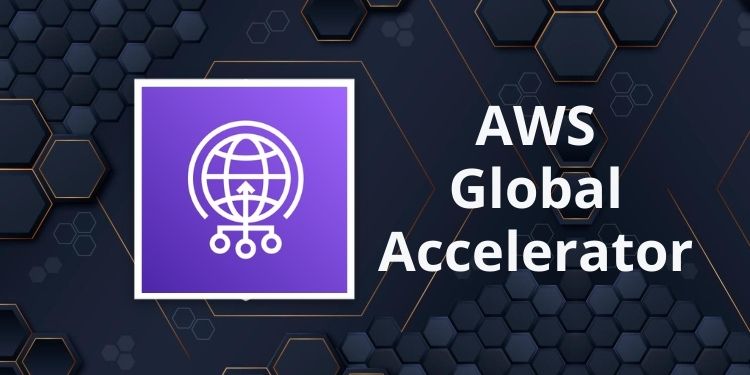Simplifying AWS Global Accelerator: A Step-by-Step Guide with Examples
 Sumit Mondal
Sumit Mondal
Introduction:
In today's digital era, speed and reliability are paramount for online services. AWS Global Accelerator is a powerful tool designed to enhance the availability and performance of your applications. This blog will guide you through the basics of AWS Global Accelerator in a simple and straightforward manner, supplemented with practical examples.
Understanding AWS Global Accelerator:
AWS Global Accelerator is a service that utilizes Anycast IP addresses to efficiently route traffic over the AWS global network. By doing so, it minimizes latency and ensures a more reliable and scalable experience for your users.
Getting Started:
Creating a Global Accelerator:
To set up an AWS Global Accelerator, navigate to the AWS Management Console, go to the Global Accelerator service, and click on "Create Accelerator." Fill in the necessary details, such as name and IP address type (IPv4 or dual-stack), and proceed to configure listeners.
Configuring Listeners:
Listeners are the entry points for your application traffic. You can configure them based on protocols (TCP or UDP) and ports. For example, you might set up a listener for TCP traffic on port 80 to handle HTTP requests.
Creating Endpoint Groups:
Endpoint Groups consist of the resources, such as EC2 instances or Elastic Load Balancers, that will receive traffic from the listeners. When creating an endpoint group, specify the AWS Region and the target resources.
Associating Endpoint Groups with Listeners:
Associate the endpoint groups with the appropriate listeners to direct traffic to the intended resources. This step ensures that incoming requests are efficiently distributed among your application's backend.
Example Scenario:
Let's consider a scenario where you have a web application hosted on EC2 instances in two different AWS Regions: us-east-1 and eu-west-1.
Create Accelerator:
Name: MyGlobalAccelerator
IP address type: IPv4
Configure Listeners:
Listener 1:
Protocol: TCP
Port: 80
Create Endpoint Groups:
Endpoint Group 1:
Region: us-east-1
Targets: EC2 instances in us-east-1
Endpoint Group 2:
Region: eu-west-1
Targets: EC2 instances in eu-west-1
Associate Endpoint Groups with Listeners:
Associate Endpoint Group 1 with Listener 1
Associate Endpoint Group 2 with Listener 1
By completing these steps, your AWS Global Accelerator is now configured to intelligently route traffic between the two regions, ensuring optimal performance and high availability for your web application.
Conclusion:
AWS Global Accelerator simplifies the process of enhancing your application's global performance. By following the steps outlined in this guide, you can efficiently set up and configure your Global Accelerator, providing a seamless and responsive experience for your users across the globe. As you continue to explore AWS services, remember that AWS Global Accelerator is a valuable tool in your arsenal for achieving a fast, reliable, and globally accessible application.
Subscribe to my newsletter
Read articles from Sumit Mondal directly inside your inbox. Subscribe to the newsletter, and don't miss out.
Written by

Sumit Mondal
Sumit Mondal
Hello Hashnode Community! I'm Sumit Mondal, your friendly neighborhood DevOps Engineer on a mission to elevate the world of software development and operations! Join me on Hashnode, and let's code, deploy, and innovate our way to success! Together, we'll shape the future of DevOps one commit at a time. #DevOps #Automation #ContinuousDelivery #HashnodeHero